The Reboot of Readiness: It’s Time to Take Action in Renovating CTE from the Ground Up
Key Points
-
CTE programs need to move beyond traditional frameworks and adopt the Career Clusters Framework to better prepare students for real-world opportunities.
-
It’s crucial to integrate career readiness into the entire educational experience, making it an intentional and structured pathway from early education through high school.
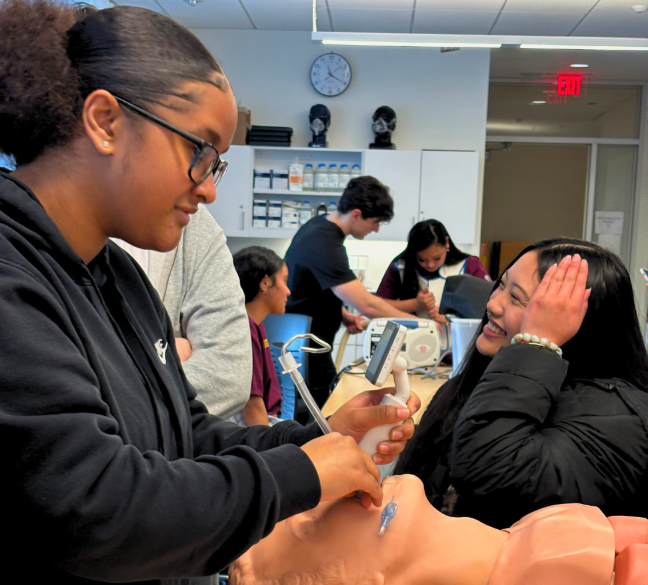
By Adam Kulaas
We’re in the middle of a readiness crisis.
Not a standardized test score crisis, not a graduation rate crisis. We are in the midst of a relevance crisis, where too many youth walk across the stage with a diploma in hand but without a real sense of their next step or how to access it.
The good news? We’re positioned with the tools to fix it.
But the solution requires more than retrofitting traditional education with a few career-themed electives or adding lackluster, disconnected internships to a college, college, college-prep schedule. It demands a full system reboot, grounded in the designed transition from Career and Technical Education (CTE) to Career and College Readiness (CCR).
CTE Isn’t Broken. It’s Underbuilt.
I’ve been caught on record saying, “CTE is broken.” Through reflective, gut-driven vulnerability, I’ll own it, “I was wrong.” It didn’t come from a place of disrespect—it came from a commitment to better. But let’s calibrate: CTE has never been the problem.
The real issue is how narrowly and inconsistently it’s been implemented.
When done right, CTE isn’t “vocational school.” It’s hands-on, mind-on, purpose-filled learning that connects students to their future with clarity and confidence, unrivaled by any initiative we currently have. It’s about building competence and identity through personalization, not by creating barriers through compliance.
And yet, across the country, too many CTE programs still sit on the sidelines, a checkbox for diploma completion, underfunded, isolated, and sometimes offered only to “certain” types of students. That’s not a design flaw; it is a mindset problem. And mindsets can be renovated, and in the perfect conditions, innovated.
Like all designs, once you align vision and outcome, you build urgency for securing the foundation. The foundation is here, and it’s stronger than ever.
The launch of the Advance CTE Career Clusters Framework is a beautiful evolution. It is no longer just a poster; it’s a design tool for system-wide delivery of aligned, future-ready learning. If you’ve spent time in a high school, you’ve likely seen some version of the Wheel — 14 career clusters, 79 pathways, a color-coded splash of possibility. Under the hood, however, it’s much bigger.
When fully activated, the Clusters aren’t about guiding students to a job. They are about building an ecosystem for lifelong exploration, preparation, and possibility. They show learners how different industries, professions, and skills are connected, and how they can personalize their own map to success.
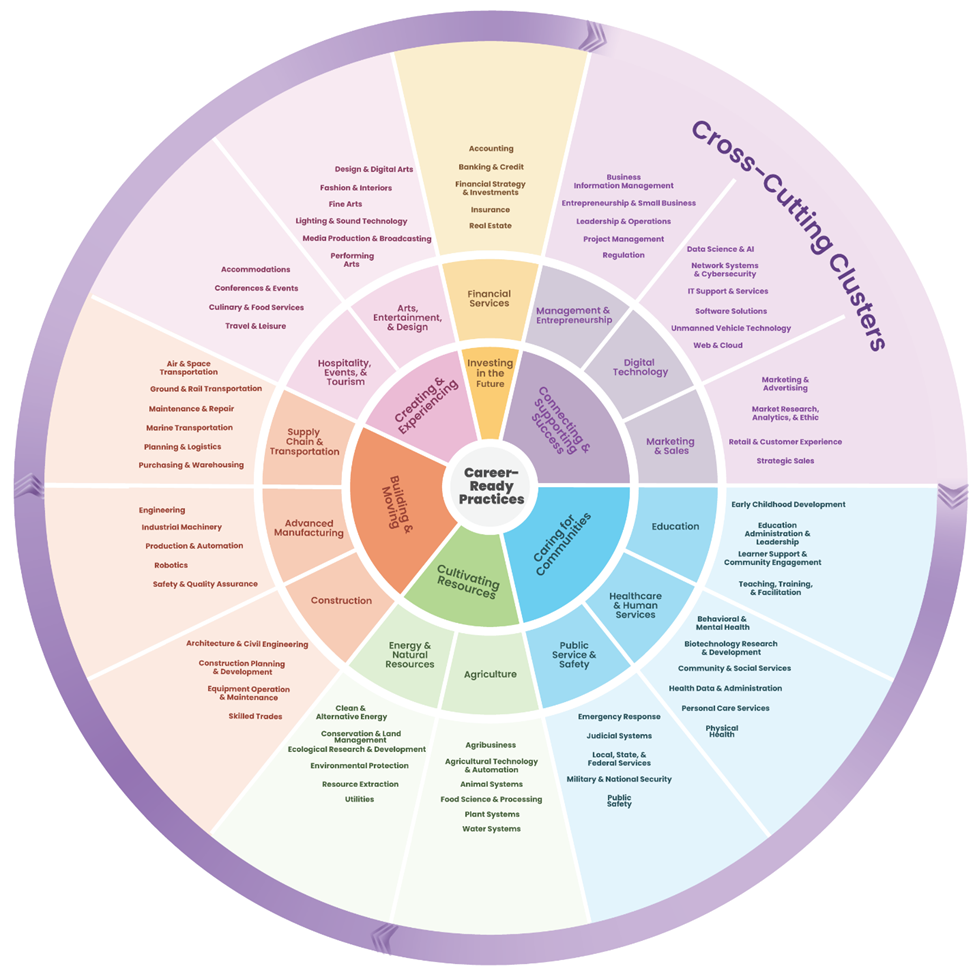
How We’re Rebooting in Tacoma
At Tacoma Public Schools, Career Clusters are becoming our compass as we rebuild pathways that are relevant, measurable, and human-centered. We didn’t just map programs to the wheel. We are using the framework to:
- Build and refine pathways rooted in high-skill, high-demand industries
- Design physical assets (facilities, schedules) that match real-world industry rhythms
- Create coherence across schools, departments, and community partners
- Anchor conversations with industry, higher education, and families using a common, accessible language
- Apply positive creative tension to break through old silos and elevate the work
Career Clusters allow us to be more than reactive. They allow us to be intentional architects of readiness. When we plan this way, every learner has an invitation and a map.
Why Clusters Matter (for Every District and Every Learner)
This framework isn’t just helpful. It’s necessary.
Especially if you are serious about:
- Replacing random electives with purpose-driven sequences of learning
- Embedding real-world learning into general education to spark cross-disciplinary fusion
- Aligning high school experiences with real workforce needs, while highlighting life competencies that matter at home and on the job
- Making career development a PK–12 experience, not just a senior year scramble for compliance
- Eliminating tracking and replacing it with open-access, high-value opportunities for every single learner
It doesn’t matter if you are large or small, urban, suburban, rural, or somewhere in between.
When thoughtfully activated, Career Clusters become the connective tissue between high school and what’s next: college, career, military service, entrepreneurship — you name it.
Readiness Needs Structure
We cannot keep asking students, “What do you want to be when you grow up?” without providing a real compass and real pathways to explore real answers. We cannot leave readiness to chance.
Advance CTE’s Clusters give us a common starting point.
Pathway development gives us the structure.
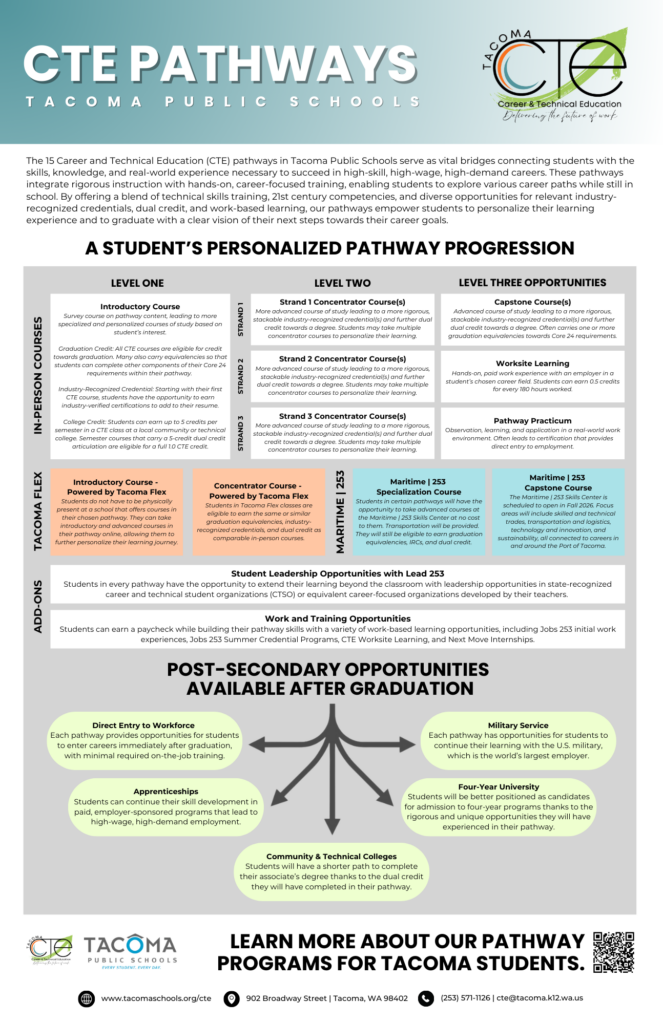
Relationships — always have and always will — give us the power.
In Tacoma, we’re proving every day what’s possible when CTE is no longer a silo but a system of significance.
We believe this kind of reboot isn’t just possible, it’s necessary—everywhere.
Adam Kulaas serves as Director of Innovative Learning & CTE at Tacoma Public Schools. He designs systems that unlock learner agency, connect education to industry, and bring purpose to every pathway.
This is the first part in a three-part series on Rebooting Readiness in Tacoma Public Schools. The series focuses on rethinking CTE by leveraging the flexibility and real-world readiness of the Advance CTE Career Clusters Framework.
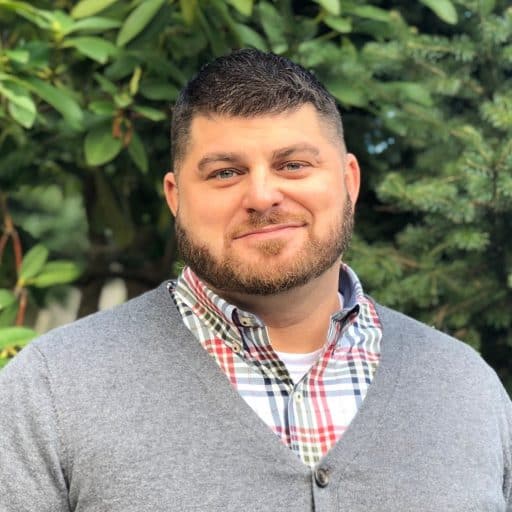



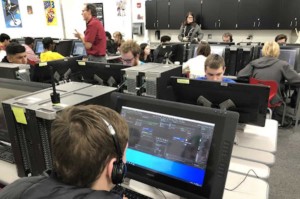
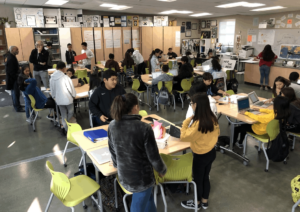
0 Comments
Leave a Comment
Your email address will not be published. All fields are required.